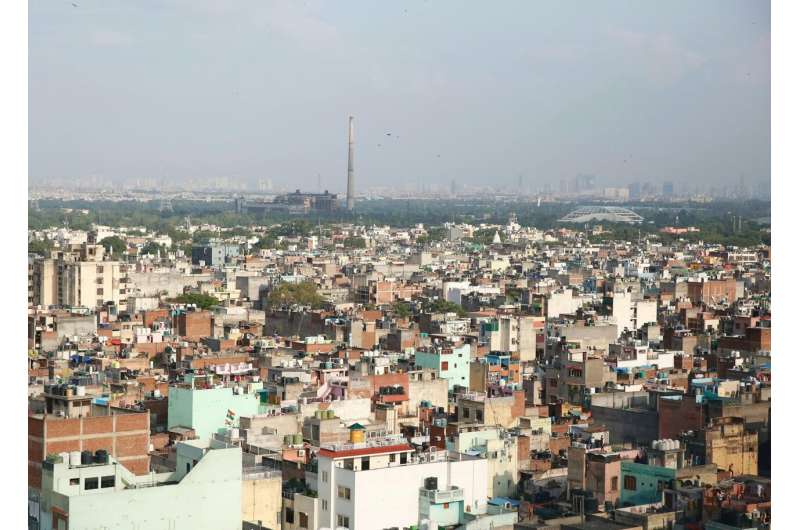
As global temperatures continue to rise, India is grappling with increasingly severe heat waves. As early as April, many Indian cities, including New Delhi, the capital, have experienced record temperatures above 115 degrees Fahrenheit (46˚C).
Recurring heat waves in recent months have killed more than 100 people, including dozens of poll workers, during India’s recent six-week election. Scorching temperatures are also responsible for over 40,000 suspected cases of heat stroke.
On the hottest days, when the demand for electricity peaks, the grid often becomes congested, leading to frequent power outages. This makes owning an air conditioner a less effective adaptation strategy if the power supply is not consistent.
A significant portion of India’s workforce is employed in outdoor occupations, such as agriculture and construction. Unlike office workers who can stay indoors, these laborers face direct exposure to extreme heat.
To add to that, India’s large population of subsistence workers cannot afford to miss a day of work, even in extreme heat. Many live hand-to-mouth, relying on daily earnings to buy food.
A study by Garg and co-authors published in the Journal of the Association of Environmental and Resource Economists found that hot days during the growing season in the previous year, were affecting students’ academic performance in the current year, rather than heat in the non-growing season. Essentially, children in India had lower test scores, likely because their parents experienced income loss due to lower crop yields.